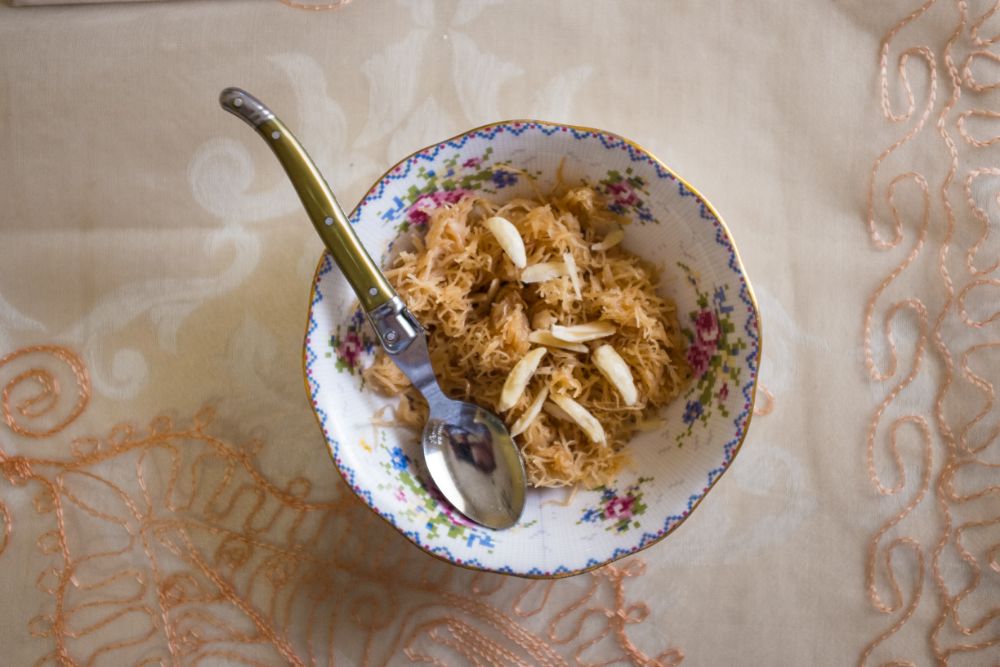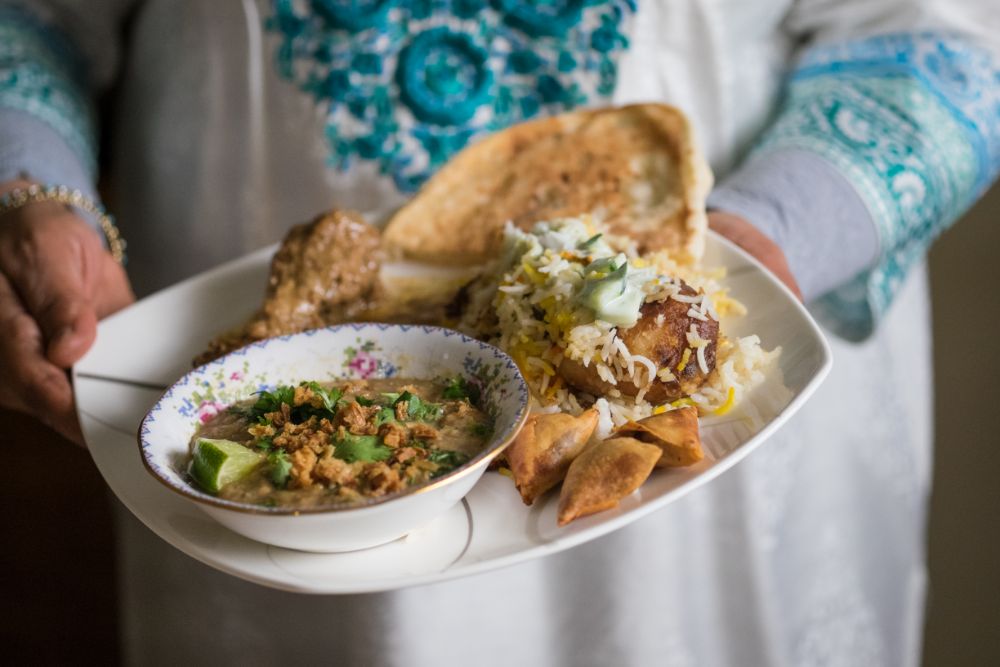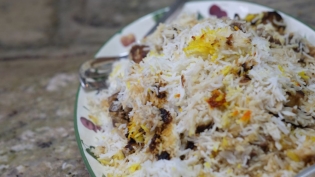Eid Al-Adha
September 12, 2016, marked the first day of Eid al-Adha (“Feast of Sacrifice”) for Muslims around the world. The festival signals the end of the annual pilgrimage and is the most important holiday in the Islamic lunar calendar. The holiday lasts three days spent overbooked with meals at the homes of friends and family. It is a meat lover’s dream.
The day starts with Eid prayer. Locally, thousands of Muslims gather at the Prime Osborn Convention Center. Attendees hail from various countries around the world, which is visually represented in their attire: Nigerians wearing intricate headwear mingle with Bosnian women in beautiful dresses alongside Indians and Pakistanis adorned with colorful kurta shalwar. They greet one another with “Eid Mubarak” (Blessed Celebration) as they embrace three times.
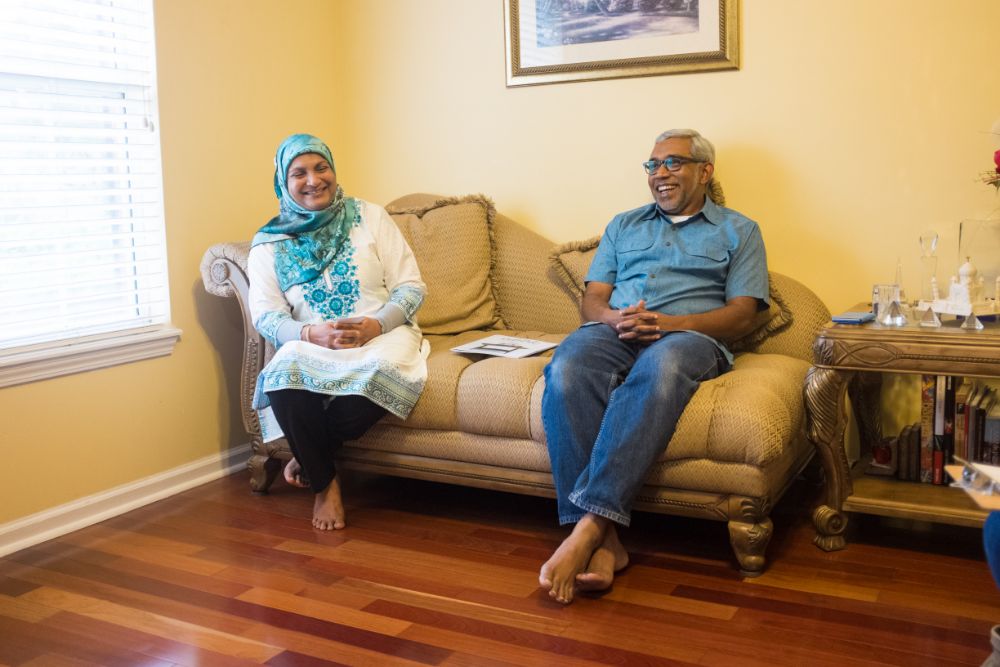
After prayers, Muslims get together with friends and family over many, many meals. Children anxiously await the holiday in anticipation of the gifted “Eidee” (cash) from all of the adults. Matriarchs spend days preparing the foods associated with a traditional Eid dinner.
We were invited to a celebration at the home of Savana Parveen and Parvez Ahmed. Our hosts, feeling nostalgic, included all the traditional dishes one would find at Eid celebrations in their native India. The meal started with haleem, a stew made of wheat, barley and beef. This dish is slow-cooked for six to eight hours, which results in a delicious chili-like consistency.
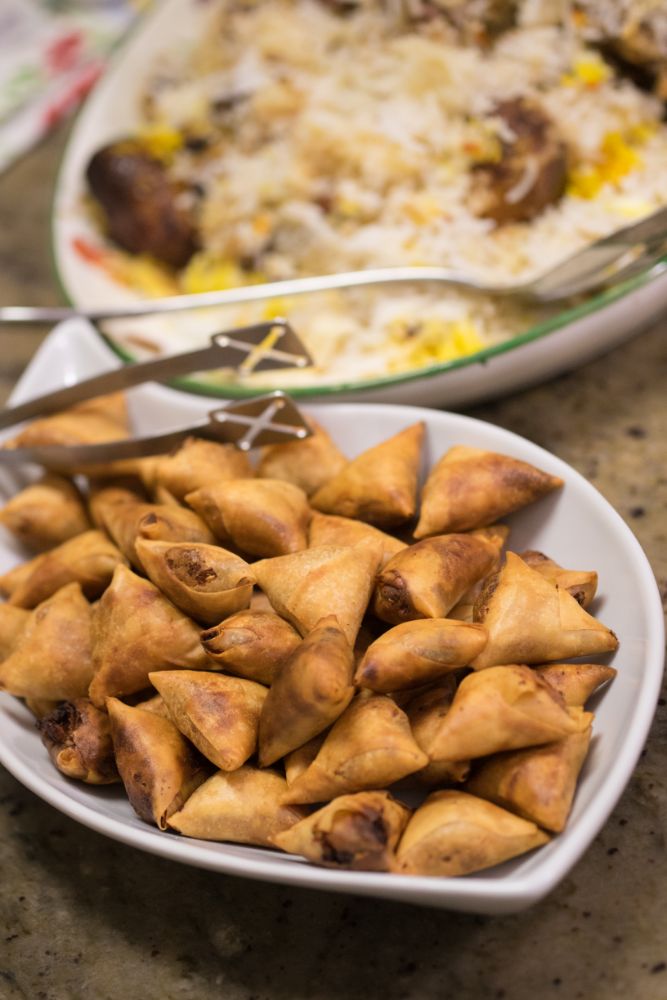
Next came kacchi biryani. This particular biryani is served on Eid and at weddings and is native to our hosts’ birth city of Kolkata (formerly Calcutta), India. “Kacchi” means raw, and refers to a technique of layering raw meat and partially cooked rice when preparing the dish. Once layered, kacchi biryani is cooked in a large copper kettle with a ring of dough sealing the lid tightly so that no steam escapes. The kettle is placed over a wood fire, and charcoal is placed on the lid. While Savana gladly undertakes the elaborate preparation for Eid, her husband Parvez would happily eat kacchi biryani every week.
The meal ended with semaya (also known as sewai), an Eid specialty. This vermicelli dessert is a staple in South Asian Eid celebrations and is often devoured right after prayers.
